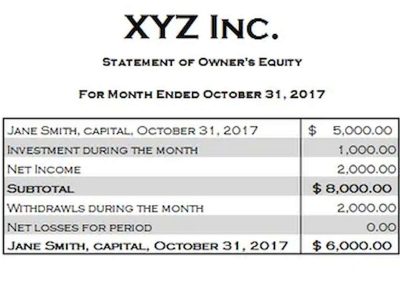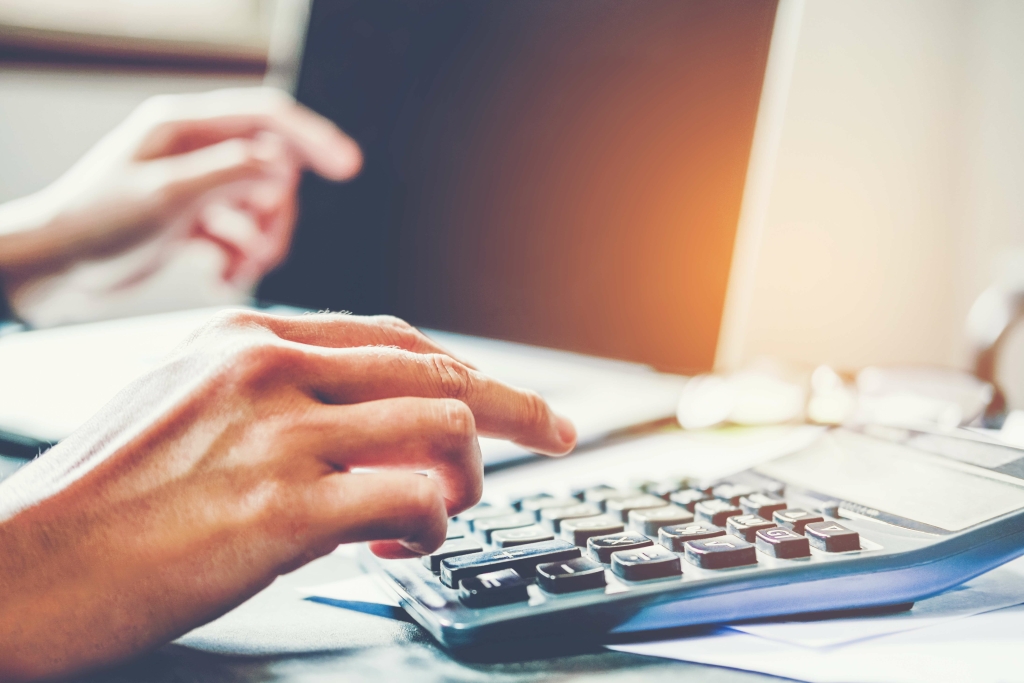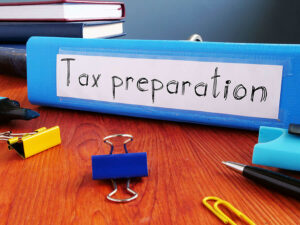
However, one counterargument is that it often takes time for companies to utilize the full capacity of an asset until some time has passed. Adam Hayes, Ph.D., CFA, is a financial writer with 15+ years Wall Street experience as a derivatives trader. Besides his extensive derivative trading expertise, Adam is an expert in economics and behavioral finance. Adam received his master’s in economics from The New School for Social Research and his Ph.D. from the University of Wisconsin-Madison in sociology. He is a CFA charterholder as well as holding FINRA Series 7, 55 & 63 licenses. He currently researches and teaches economic sociology and the social studies of finance at the Hebrew University in Jerusalem.

What Is IRS One Time Forgiveness? How and When to Apply

This calculator will calculate the rate and expense amount for an asset for a given year based on its acquisition cost, salvage value, and expected useful life — using double declining balance method the double declining balance method. The biggest thing to be aware of when calculating the double declining balance method is to stop depreciating the asset when you arrive at the salvage value. That is less than the $5,000 salvage value determined at the beginning of the asset’s useful life. Note, there is no depreciation expense in years 4 or 5 under the double declining balance method. The sum-of-the-years-digits method is one of the accelerated depreciation methods. A higher expense is incurred in the early years and a lower expense in the latter years of the asset’s useful life.

Advantages of Reducing Balance
Certain fixed assets are most useful during their initial years and then wane in productivity over time, so the asset’s utility is consumed at a more rapid rate during the earlier phases of its useful life. The units of production method is based on an asset’s usage, activity, or units of goods produced. Therefore, depreciation would be higher in periods of high usage and lower in periods of low usage. This method can be used to depreciate assets where variation in usage is an important factor, such as cars based on miles driven or photocopiers on copies made. With the straight line depreciation method, the value of an asset is reduced uniformly over each period until it reaches its salvage value.

How to calculate Depreciation
The accounting concept behind depreciation is that an asset produces revenue over an estimated number of years; therefore, the cost of the asset should be deducted over those same estimated years. Given its nature, the DDB depreciation method is best reserved for assets that depreciate rapidly in the first several years of ownership, such as cars and heavy equipment. By applying the DDB depreciation method, you can depreciate these assets faster, capturing tax benefits more quickly and reducing your tax liability in the first few years after purchasing them.
Video Explanation of Depreciation Methods
Instead of multiplying by our fixed rate, we’ll link the end-of-period balance in Year 5 to our salvage value assumption. The beginning of period (BoP) book value of the PP&E for Year 1 is linked to our purchase cost cell, i.e. However, the management teams of public companies tend to be short-term oriented due to the requirement to report quarterly earnings (10-Q) and uphold their company’s share price. Since public companies are incentivized to increase shareholder value (and thus, their share price), it is QuickBooks often in their best interests to recognize depreciation more gradually using the straight-line method. In addition, capital expenditures (Capex) consist of not only the new purchase of equipment but also the maintenance of the equipment.
The double declining balance method particularly accelerates this decrease in value. Choosing the right method of depreciation to allocate the cost of an asset is an important decision that a company’s management has to undertake. Companies need to opt for the right depreciation method, considering the asset in question, its intended use, and the impact of technological changes on the asset and its utility.
- All methods of depreciation can affect a business’s tax picture and taxes owed.
- In case of any confusion, you can refer to the step by step explanation of the process below.
- DDB is preferable for assets that lose their value quickly, while the straight-line method is more suited for assets with a steady rate of depreciation.
- Straight line is the most common method of depreciation, due mainly to its simplicity.
- Increase your desired income on your desired schedule by using Taxfyle’s platform to pick up tax filing, consultation, and bookkeeping jobs.
- What makes DDB unique is that the depreciation is recalculated annually, based on the remaining book value, not the original cost.
- Accelerated depreciation is any method of depreciation used for accounting or income tax purposes that allows greater depreciation expenses in the early years of the life of an asset.
- If the beginning book value is equal (or almost equal) with the salvage value, don’t apply the DDB rate.
- For example, if a machine costing $120,000 is expected to produce 100,000 units and produces 10,000 units in a year, the depreciation expense for that year would be $12,000.
- The beginning book value is the cost of the fixed asset less any depreciation claimed in prior periods.
- Whether you’re a seasoned finance professional or new to accounting, this blog will provide you with a clear, easy-to-understand guide on how to implement this powerful depreciation method.
In the DDB schedule in Exhibit 3, notice that after year 4, the truck’s book value is 8,683 dollars. In year 5, depreciation expense calculated using DDB would reduce the book value below the residual value. Therefore, in the final year, the depreciation expense is reduced to 2,683 dollars, which is the book value of 8,683 dollars less the 6,000 dollars residual value. Salvage value is the estimated resale value of an asset at the end of its useful life. Book value is the original cost of the asset minus accumulated depreciation. Both these figures are crucial in DDB calculations, as they influence the annual depreciation amount.
Free Course: Understanding Financial Statements
To calculate bookkeeping for cleaning business the depreciation rate for the DDB method, typically, you double the straight-line depreciation rate. For instance, if an asset’s straight-line rate is 10%, the DDB rate would be 20%. This accelerated rate reflects the asset’s more rapid loss of value in the early years.






